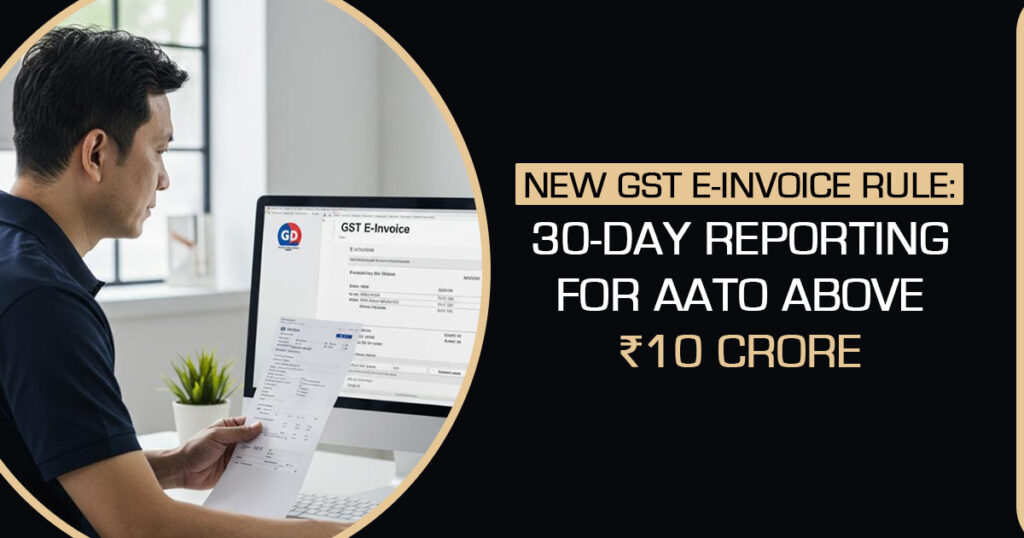
GST Invoice Changes Effective April 1: How Will They Affect Your Business?
From April 1, 2025, businesses that secure an Annual Aggregate Turnover (AATO) exceeding Rs. 10 crore are required to submit an e-invoice to the Invoice Registration Portal (IRP) within 30 days of the date of issuance. Before that, this 30-day reporting limit applied merely to businesses with AATO of Rs 100 crore or more. Many businesses will be affected by this law since the limit has been lessened.
According to the experts, such an amendment focuses on exceeding security and compliance, though it will also make the process difficult. Businesses should update their system and provide training to their employees to manage such new needs.
Considering the Present Rule
Till now, businesses with an AATO of Rs 100 crores and more have been required to report e-invoices on the invoice registration portal (IRP) within 30 days of the date of issuance. Hence, the businesses with AATO of less than Rs 100 crore did not need to comply with the 30-day upload window.
Certain companies delay reporting invoices, which causes problems with input tax credit claims and GST compliance. The focus of the government is on addressing outdated invoices and fixing gaps in compliance.
In What Way Does it Impact Your Business?
Input Tax Credit (ITC) Challenges: If a business is unable to raise a GST invoice within 30 days, then it shall not be used to claim the ITC, which will affect its working capital.
New Changes in Billing System: It is crucial for companies to edit their billing and invoicing systems to accommodate the new due dates, specifically engaging software modifications and employee training.
Real-time Tracking: Real-time tracking of the invoices will confirm fewer errors and prevent bogus claims.
Rejections and Charges: Late invoice submissions shall be rejected by the Invoice Registration Portal (IRP), which may result in charges and loss of funds.





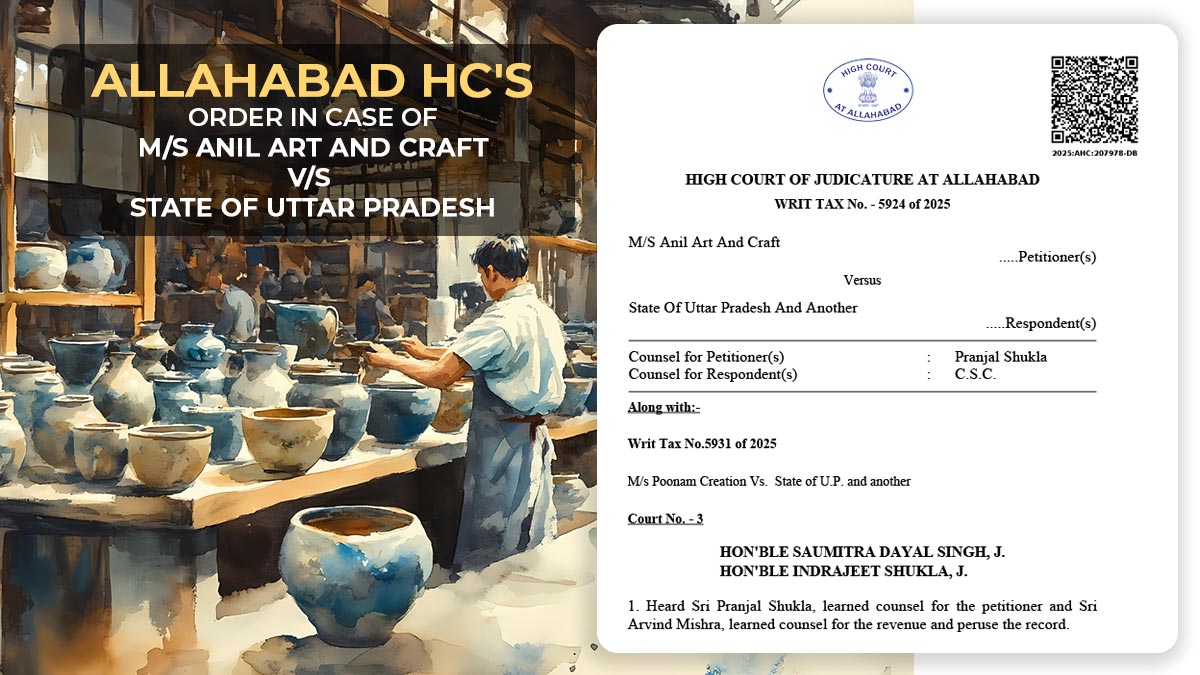
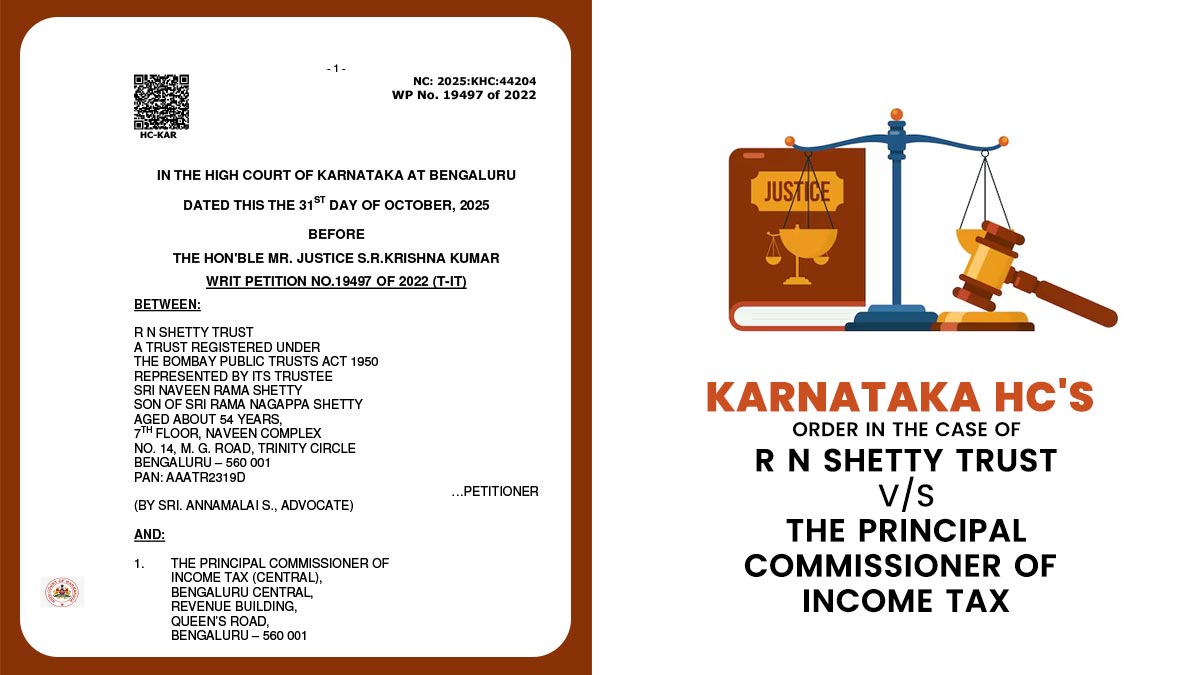
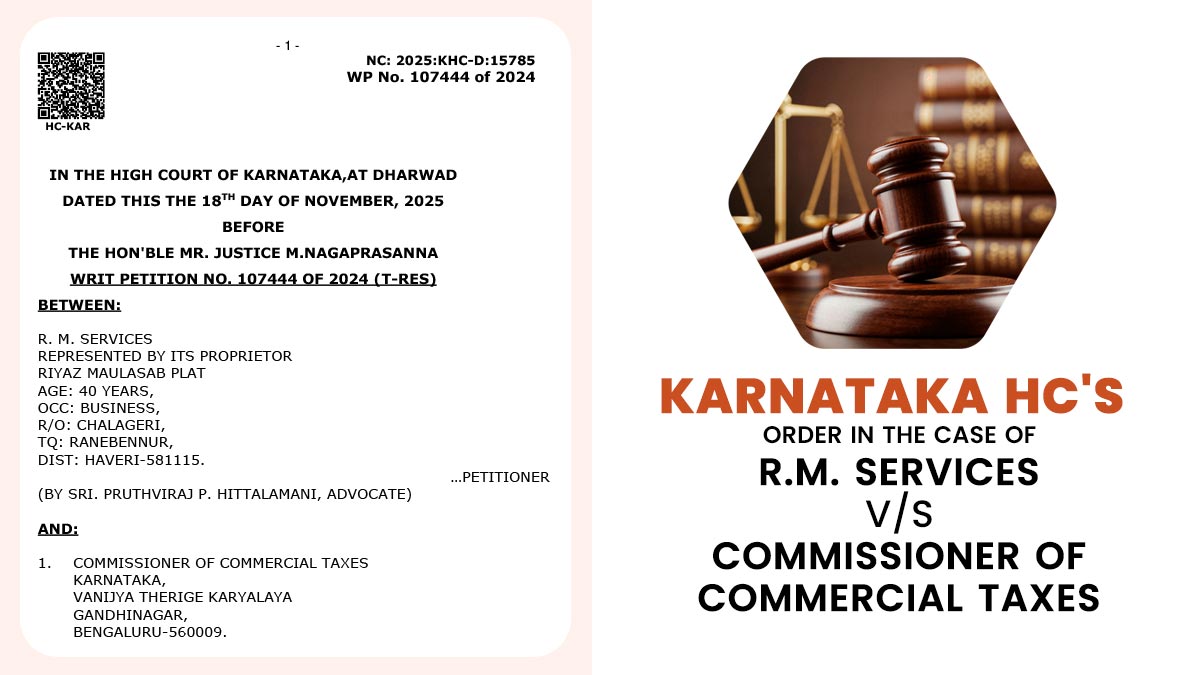
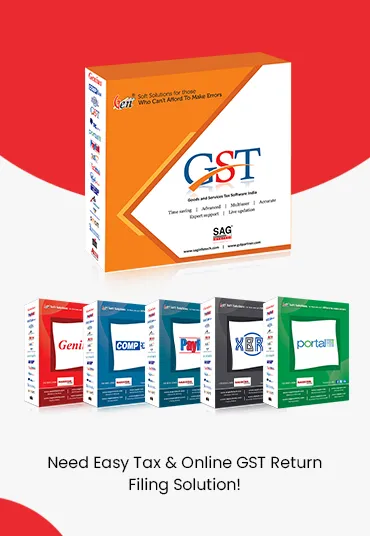
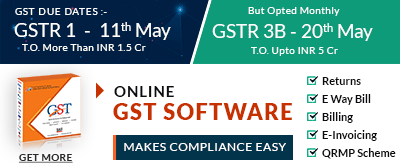
Fy 2025-26